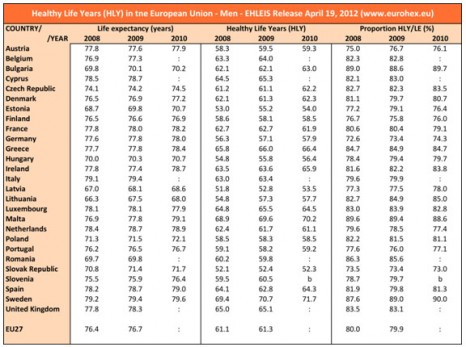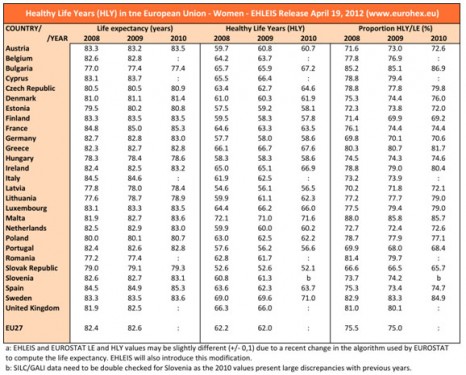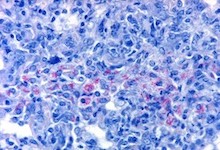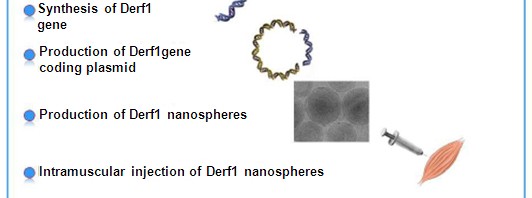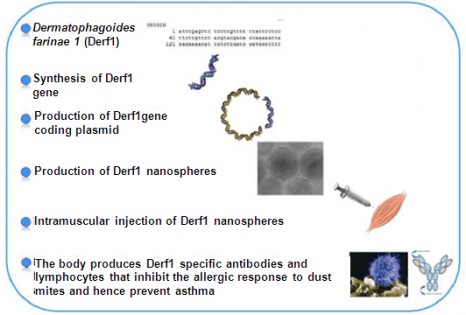A diet rich in greasy foods causes an imbalance in our gut flora. The composition of the gut flora seems to determine the way in which the body develops certain metabolic disorders such as diabetes, regardless of any genetic modification, gender, age or specific diet. This has recently been demonstrated by Rémy Burcelin and Matteo Serino, researchers from the Inserm unit 1048 “Institute of Metabolic and cardiovascular diseases (I2MC)”. It is believed that nutritional additives such as gluco-oligosaccharides and dietary fibers that target the gut microbiota could prevent the development of metabolic disorders. These results have been published in the review Gut of April 2012
Gut flora, otherwise knows as gut microbiota, are the bacteria that live in our digestive tract. There are roughly one thousand different species of bacteria, that are nourished partly by what we eat. Each person has their own specific gut flora and metabolism and these differ according to our dietary habits. Previous studies in mice have shown that a high-fat diet is capable of causing an imbalance in the gut flora, thus causing metabolic diseases such as diabetes or obesity.
Rémy Burcelin’s research team (Inserm unit 1048, Université Toulouse III – Paul Sabatier) spent three months studying how a fatty (1) diet affected the gut flora of male mice of the same age, all with the same genetic background. Most of the mice developed diabetes while remaining thin, whereas some remained thin but did not develop diabetes. Why is this so?
In order to confirm the theory that gut flora affects the way in which our body reacts to a high-fat diet, the research team looked at the microbial profile of different types of mice (thin and diabetic and thin and non-diabetic, which indicates two phenotypes). They showed that there was a difference in the quantities of gut bacteria between diabetic and non-diabetic mice. The thin but diabetic mice presented a flora composed mainly of “bacteroidetes” type bacteria, unlike the thin and non-diabetic mice that presented a flora composed mainly of “firmicutes“ type bacteria.
So is gut flora the cause or the result of metabolic disorders? To find the answer to this question, Rémy Burcelin’s team directly modified the gut flora of a group of mice by adding dietary fibers and gluco-oligosaccharides to their high-fat diet. “By adding these fibers, we modulated most of the physiological characteristics. The metabolism of the mice that we treated with these fibers was similar to that of the thin, non-diabetic mice. But the gut flora of the mice treated with fibers changed greatly compared to that of the other phenotypes observed”, says Matteo Serino.
This project was partly sponsored by the “Florinflam” research program financed by the National Research Agency (ANR) and the FLORINASH research program financed by the EU 7th Framework Programme (FP7). The FLORINASH project (Prevention and treatment of non-alcoholic fatty liver disease) was coordinated by Inserm under the auspices of Rémy Burcelin, Inserm research director, and was contributed to by 6 partners from 4 European countries.


